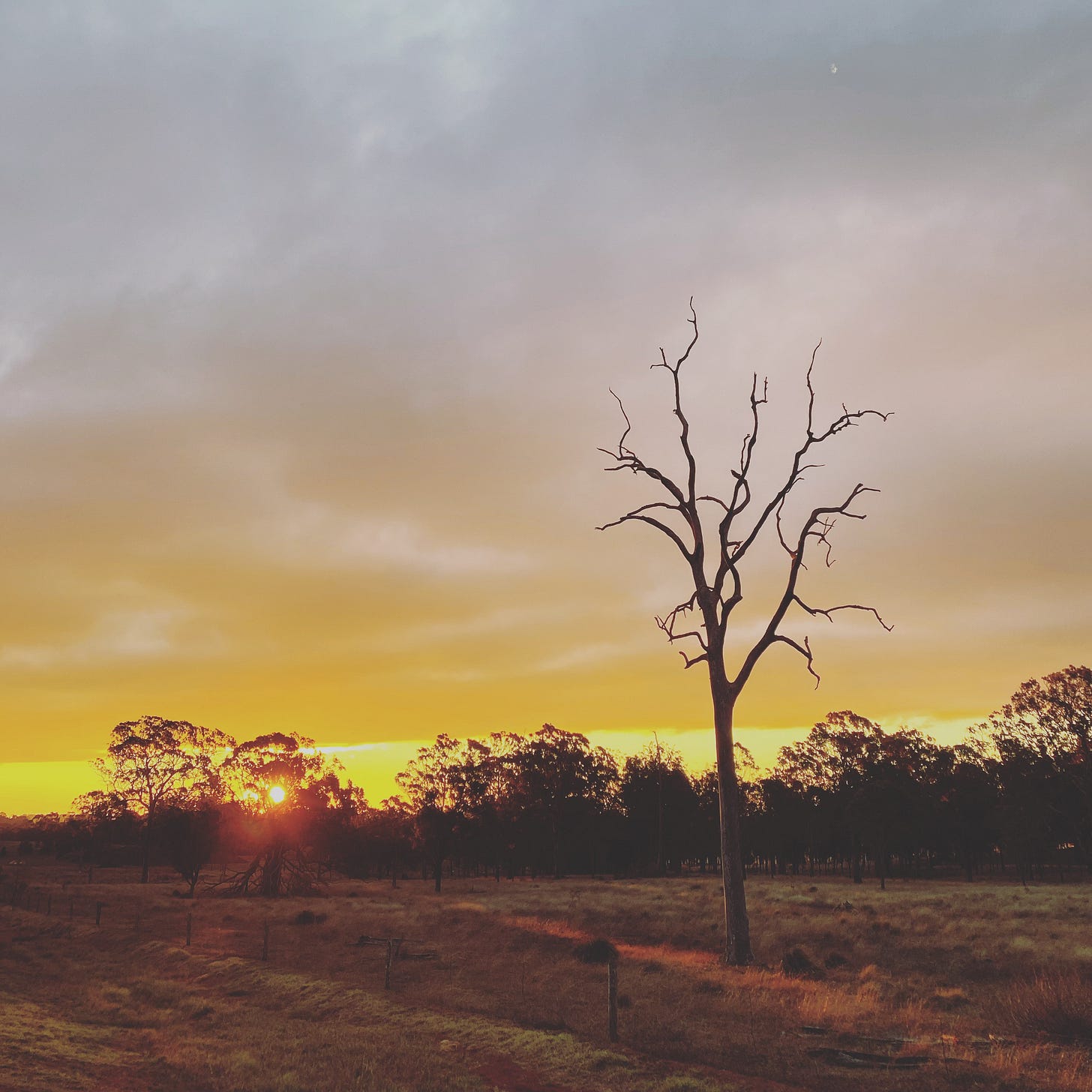A tanka is a Japanese poetry form that expresses deep emotions through natural imagery. A tanka was traditionally written as a single line, but modern poets usually write in 5 lines, with an “upper phrase” (kami-no-ku) and a “lower phrase” (shimo-no-ku). In its most rigid form, a tanka contains 31 syllables in a 5/7/5/7/7 structure but when writing in English, our syllabic units are different and it’s possible to play around with the form. The main thing is that a tanka is free verse, doesn’t rhyme, and has a “turn” that marks the transition from an image to a personal response (or vice versa). It’s a cool form. Here are a few of my attempts.
“Sunrise”
morning sun
through casement windows
casts her naked hip
in golden light
I wonder, will she love me at 80?
*
“Nectar”
in the grevillea
blue-faced honeyeaters
gorge on nectar
sweet memories of past gardens
where longing was abated by the slow life
#
“Gauge”
despair for my children
and their children
falls heavy
as I empty the gauge
another record drench of rain






I really like the Tankas, Justin. :)